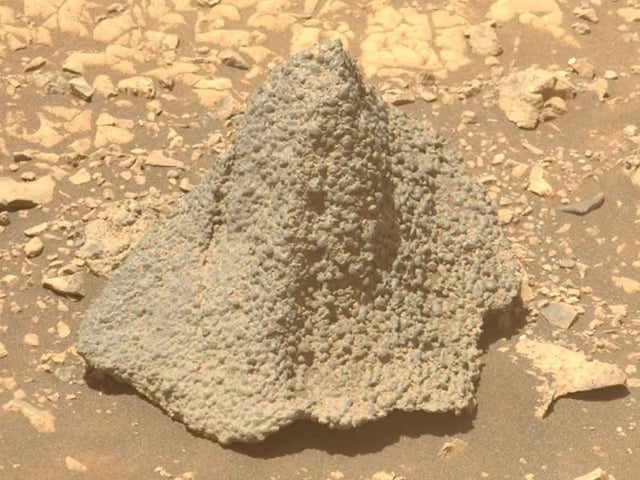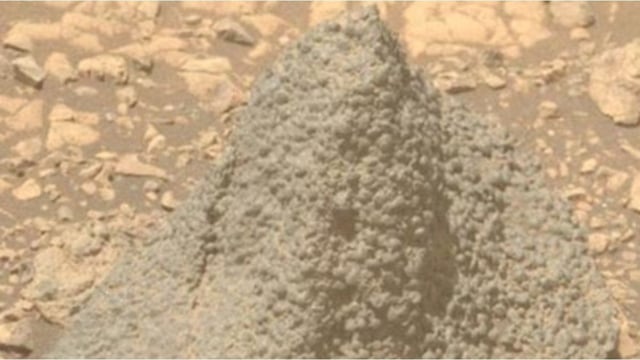Overview
- Curiosity’s ChemCam Remote Micro Imager captured a 2.5-centimeter coral-like structure in Gale Crater earlier this month that prompted widespread speculation.
- Perseverance’s Mastcam-Z imaged a helmet-shaped target named ‘Horneflya’ on August 5, highlighting a nodular texture formed by concentrated spherules.
- JPL spokesperson David Agle and Curiosity team scientists attribute both shapes to mineral deposition in ancient Martian groundwater followed by wind-driven erosion.
- Researchers emphasize these findings reinforce evidence that Mars once harbored liquid water and potentially habitable conditions but do not indicate present life or artifacts.
- NASA and JPL teams use high-resolution rover imaging to debunk pareidolia-driven interpretations and advance understanding of Martian geological processes.


